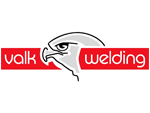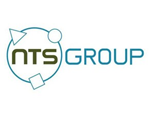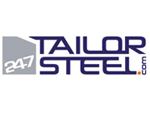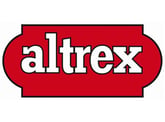High tech products, low tech processes...
In the southern and eastern regions of the Netherlands there are a lot of high tech companies. What is happening here in the Netherlands is viewed with admiration elsewhere in the world. At the Precision Fair this week in Den Bosch, The Netherlands you could see this with your own eyes: great innovative companies that present their high tech achievements. The ASML momentum is of course one of the main driving forces behind this. But ASML would not be able to deliver their unbeatable EUV lithography systems without the highly innovative suppliers they have committed to themselves.
However, there is also a phrase going around in the industry: high tech products, but low tech processes. What is produced is unprecedented and world-class, but various people in high tech say that the production and delivery processes in the supply chain can and should become much more efficient. We think there are 3 reasons for this.
- Due to the large amount of innovations, the variation that has to be pushed through the supply chain towards the OEM is enormous.
- The timing of orders from the OEMs is unstable. Their production leadtimes are measured in years so OEMs can indicate that they will need certain components, but when exactly?
- The supplying companies have in some cases doubled in size in the past few years.
The supplying Tier 1 2 3 4 companies reaction to this volatility and delivery pressure has been to improvise . So if you would compare the High Tech supply chain processes with the automotive sector, you can say that High Tech is still quite immature when it comes to, for example, supply chain integration and planning.
This conclusion was confirmed again during the Precision Fair during the session: 'Challenges in the Supply chain; What developments does the OEMer require of my company?'
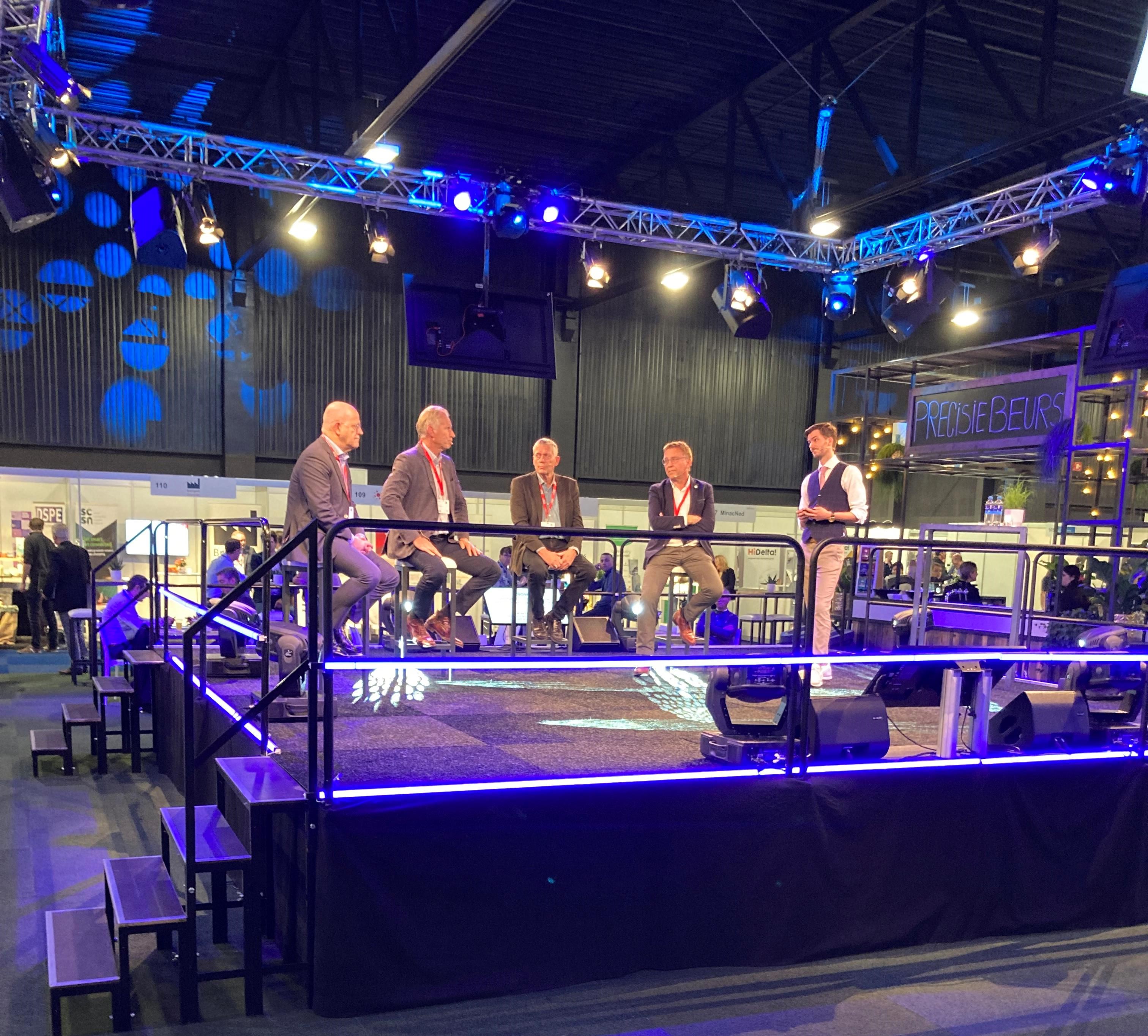
Photo: Arena discussion at the Precision fair November 2022
The OEM is asked by the supplying companies for more clarity so that a more stable planning cycle can be built up. But the OEM can't really do that, because can you forecast in an innovative setting what components you will need in a few years from now and in what quantities? Also, it was rightly stated that digitization is very important, but ‘soft aspects’are also very important: mutual trust, intensive contact between core technicians, smaller role for the commercialists (read: do not squeeze the other party, but make sure the other party also earns a good margin). The role of inventory levels is also important. Just in Time still sounds like sound philosophy, but why not keep in stock the parts you already know are needed anyway. The only disadvantage of this of course is additional capital requirements, but it realizes a much more stable supply chain.
We at Togetr are already working on promising initiatives to integrate the supply chains between a number of our customers and with this making these chains stronger and more stable. Data on products (digital product passports) and planning can be exchanged automatically. To be able to do this, you have to apply far-reaching process automation on the inside of your company; digitization 'by the way' that exceeds the reach of almost all available ERP systems. We are happy to share this knowledge with you, so if you want to know more, feel free to contact us!

